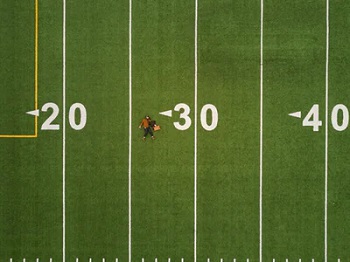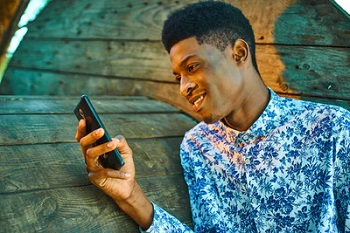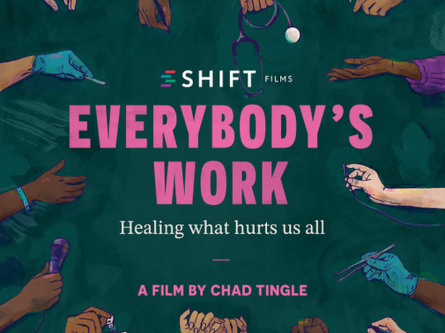By Mikael Villalobos, Ed.D.
Associate Chief Diversity Officer, Campus Community Relations
Vice Chancellor’s Office for Diversity, Equity, and Inclusion
Ever heard someone say, “Don’t judge a book by its cover”?
Or, what comes up for you when someone talks about the Beatles…or the Vietnam War?
How about when co-workers talk about their favorite videos on MTV…or share favorite episodes in the line-up of “must see TV” from Frasier, Friends, and Seinfeld?
Remember I-pod? Where were you on 9/11? How did you react when e-mail was first introduced in the workplace?
Smartphones, TikTok, gender-neutral pronouns…

These cultural events and phenomena capture the zeitgeist of different generations of the American consciousness. Easily in today’s workplace, there can be up to five generations working together, and their differences in values and perspectives are opportunities for awareness and understanding in cultivating spaces that are welcoming to all ages. Members of every generation can learn from the experiences of members from different generations, and the work setting can be an important “laboratory” in exploring and cultivating “Gen-Flexing” given the reality of a multi-generational workplace.

“Gen-Flexing” can be best understood as moving into another generation’s comfort zone. We all have our own comfort zones…and they are our default. However, recognizing that members of every generation also value what is comfortable to them requires sharing of data in order to avoid clashes of comfort zones. To Gen-Flex is to step out of our comfort zone as a way to learn about and empathize with each other’s experiences. When I teach about diversity in the workplace, I typically tell folx that we all have our own “book of rules” in operation. My book of rules includes values and experiences related to my identity as a Gen X’er: work-life balance, embracing feedback, collaboration, hybrid relationship with technology (although admittedly, I still resist it). We take this proverbial book with us in our mental briefcase or workbag when we go to work. When someone doesn’t comport with those rules in your book or someone breaks any of them, it’s easy to react in judgement. We can also think of how our book of rules are chock-full of “must’s” that we bring to the workplace: they inform how I communicate; how I relate to someone who’s younger/older; with whom do I hang out; why things are done a certain way when it can be done faster or differently. The same goes for how we understand the workstyle and “work ethic” of someone from a different generation. Ever heard someone say, “They don’t have the same work ethic.” What we may once have viewed with judgment may be an opportunity to step back, inquire, and share perspectives with the ultimate goal of understanding differences. It is the essential first step in cultivating an inclusive work environment.

Cam Marston, a leading expert in studying generations in the workplace, teaches how to be flexible by understanding the motivations and characteristics that each generation brings to the work environment. This is more than just noticing how one generation prefers to communicate over text instead of face-to-face conversation (although that is a part of it), but requires us to create the spaces where we learn about our differences in an effort to get the best performance from generationally-diverse teams. We are all different, so the old adage of “treating everyone the same” not only assumes sameness, but negates the reality that we all come into different spaces with values that are informed by our experiences based on our socialization and conditioning from our respective generational identity. So, instead of resisting how someone does something differently (and you may even judge them for it), can we seize this as an opportunity to step into that person’s comfort zone…and perhaps build a bridge across the generational divide?





